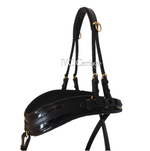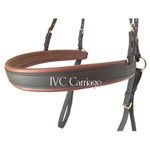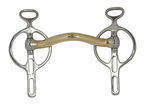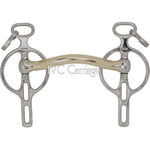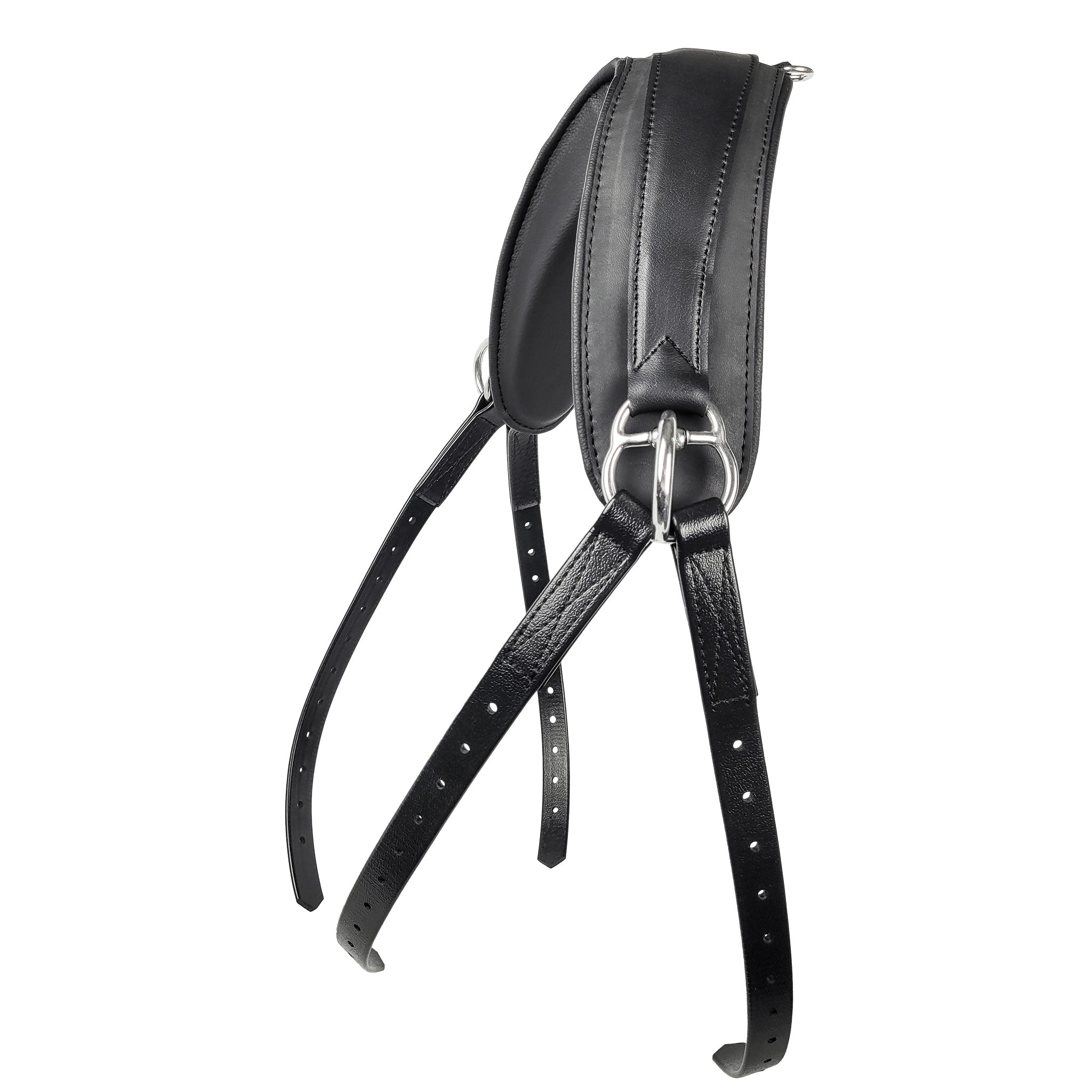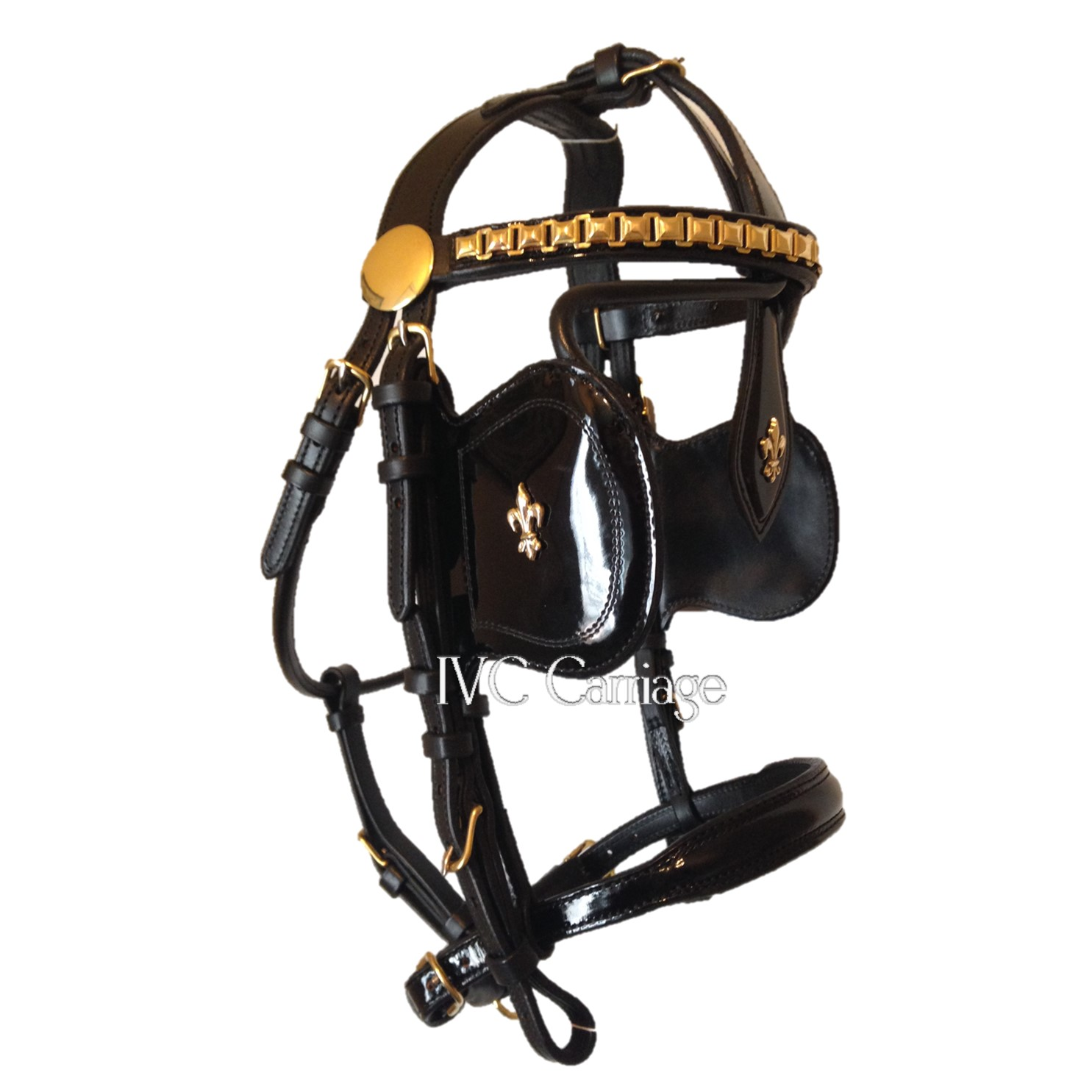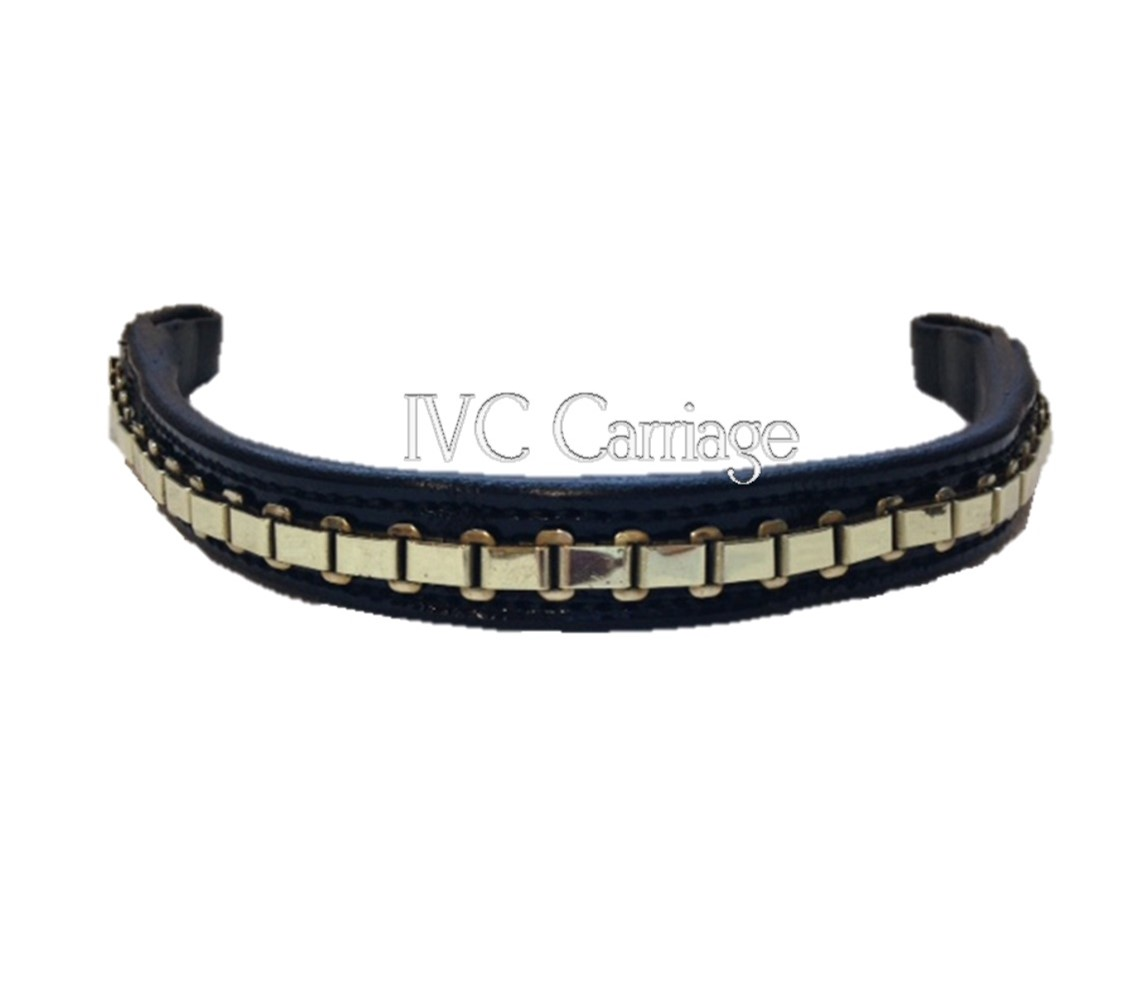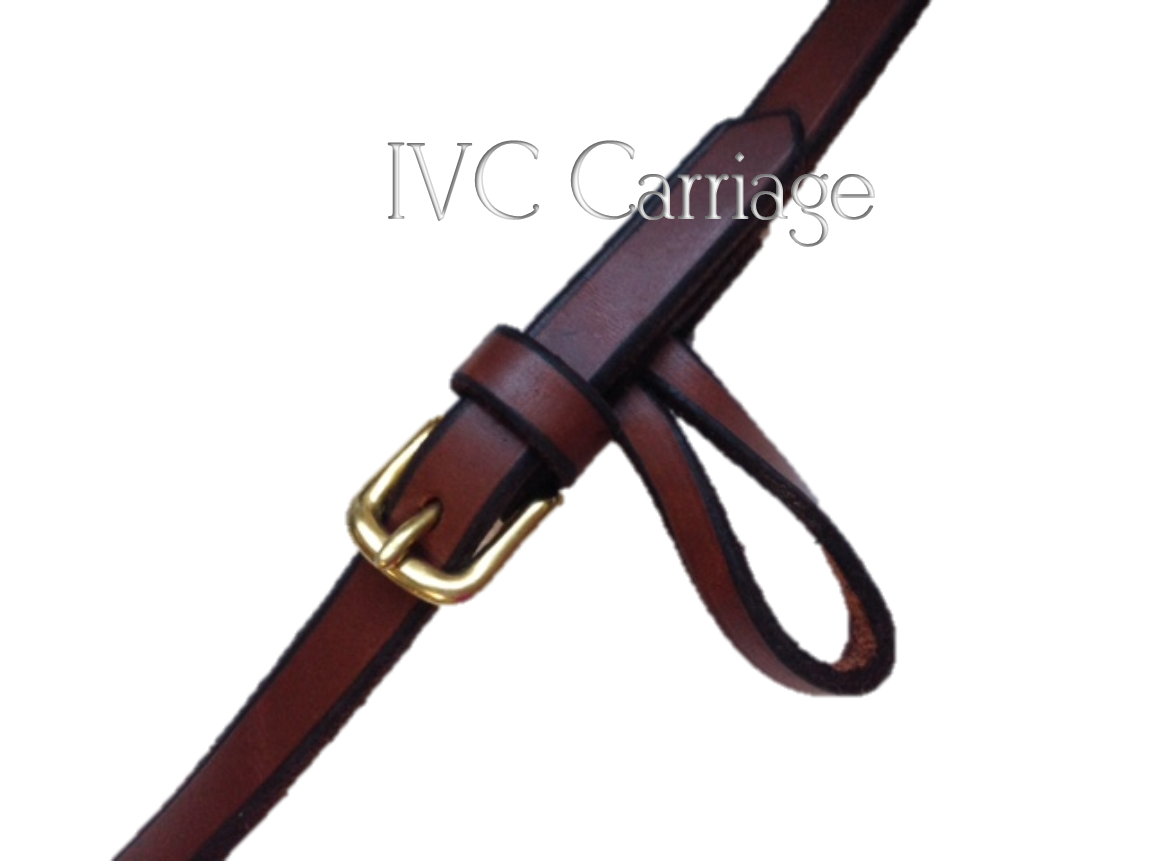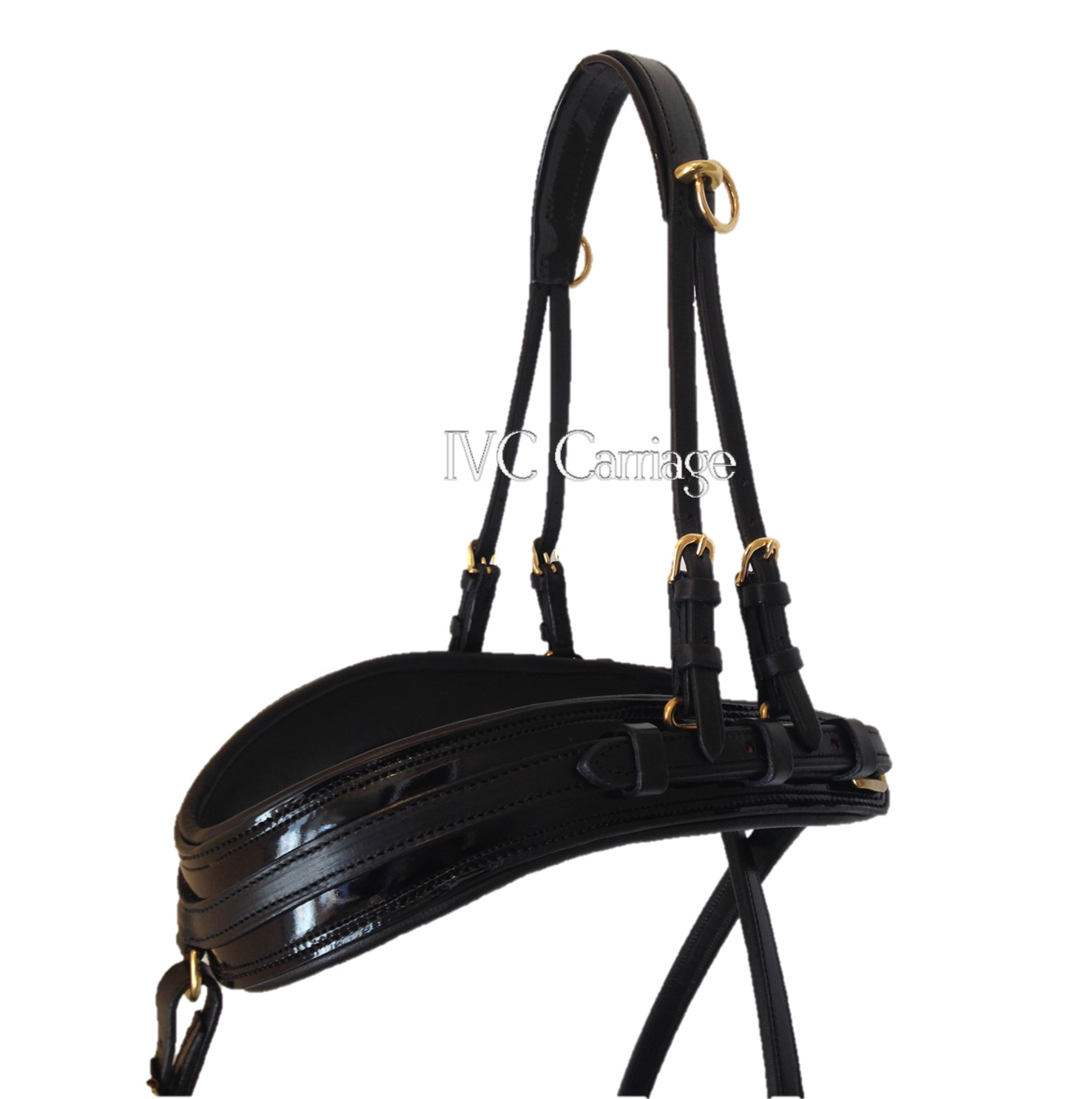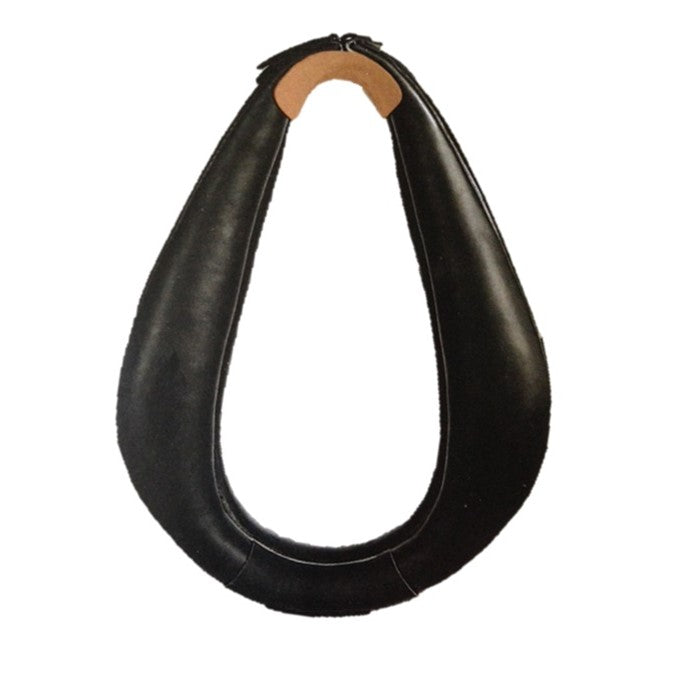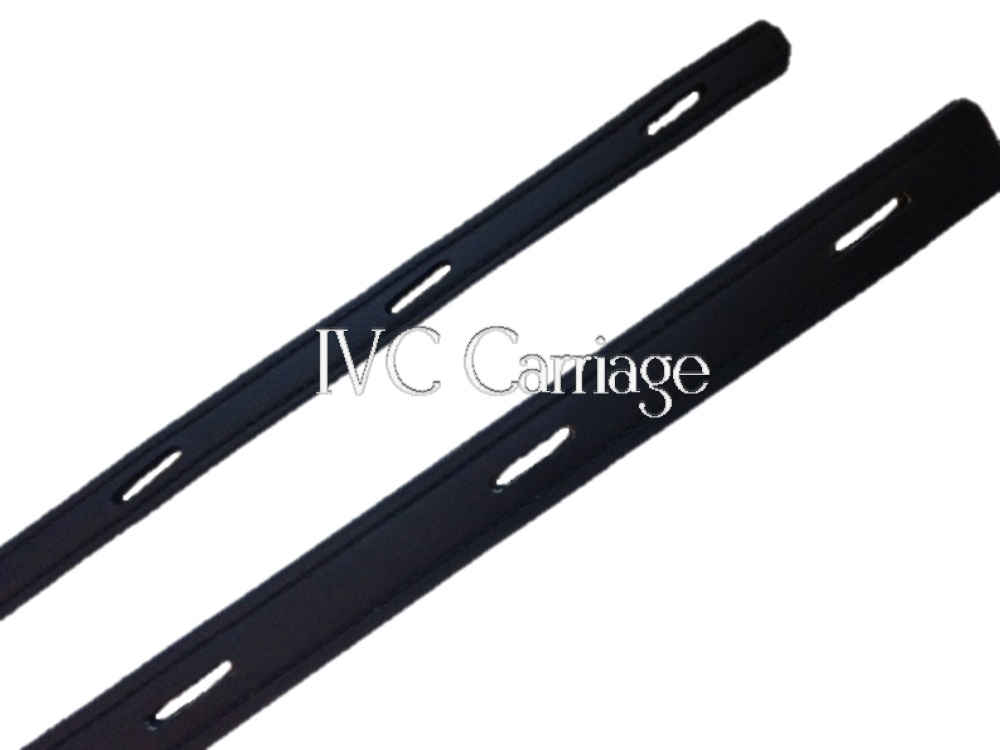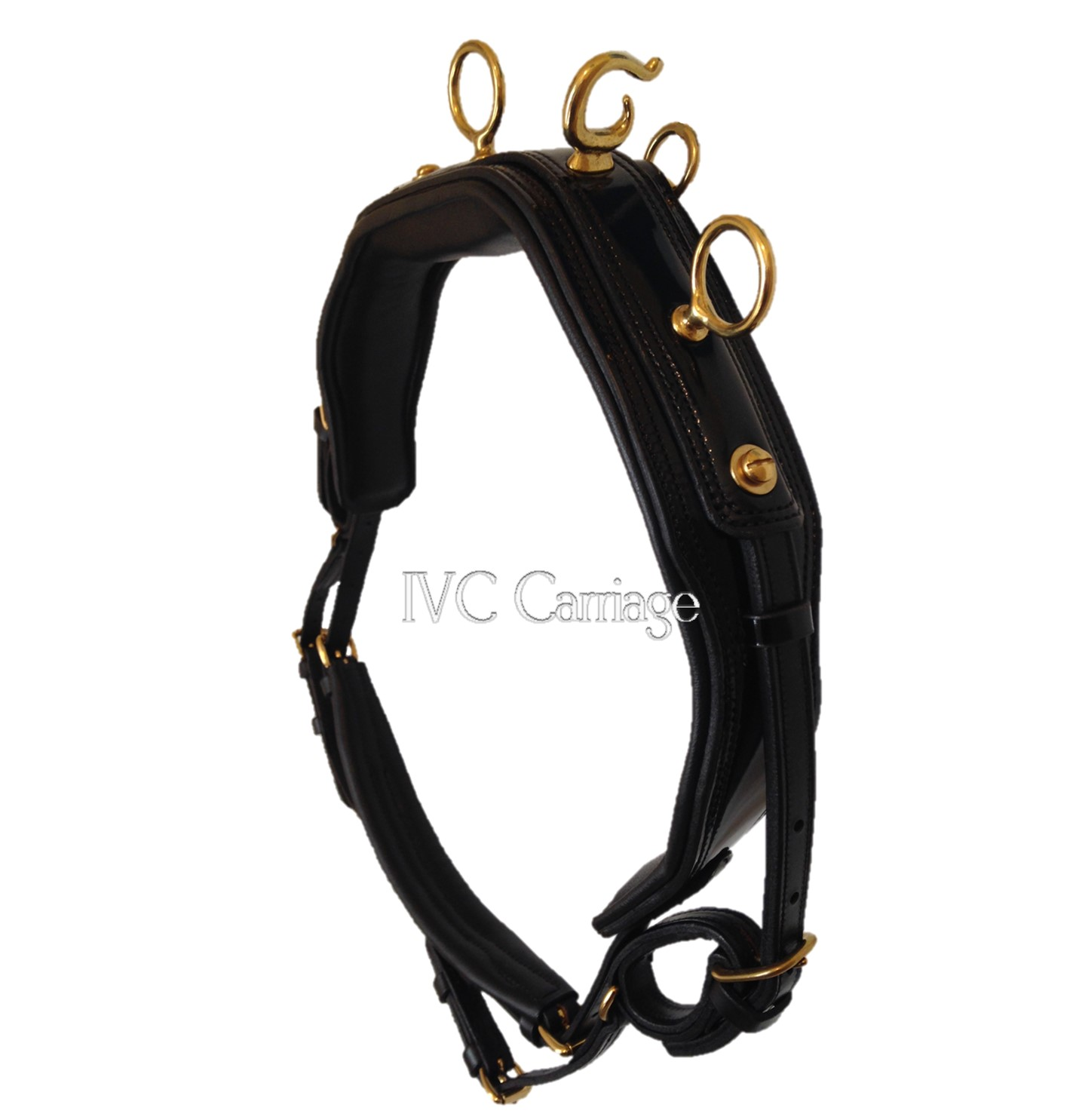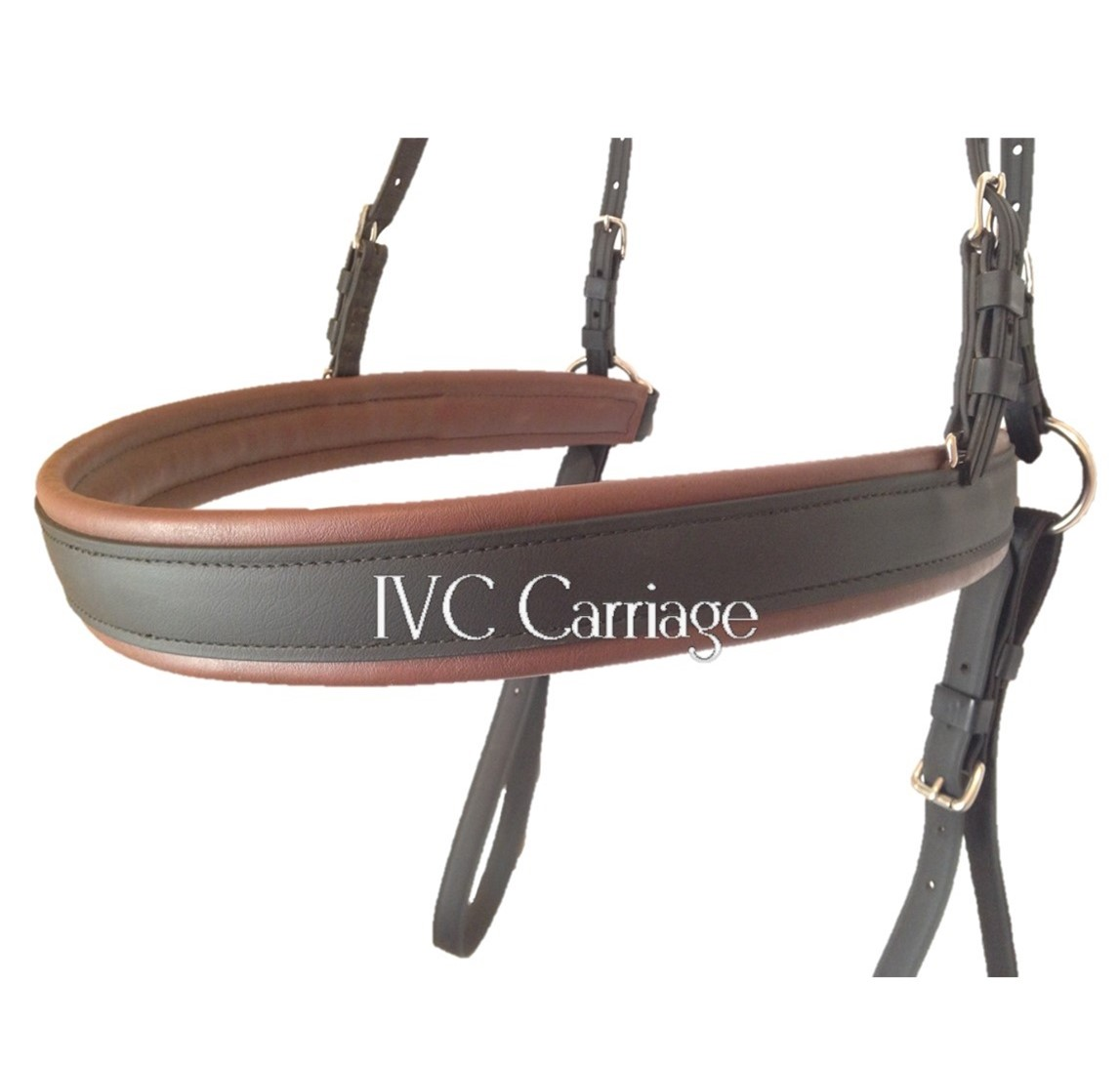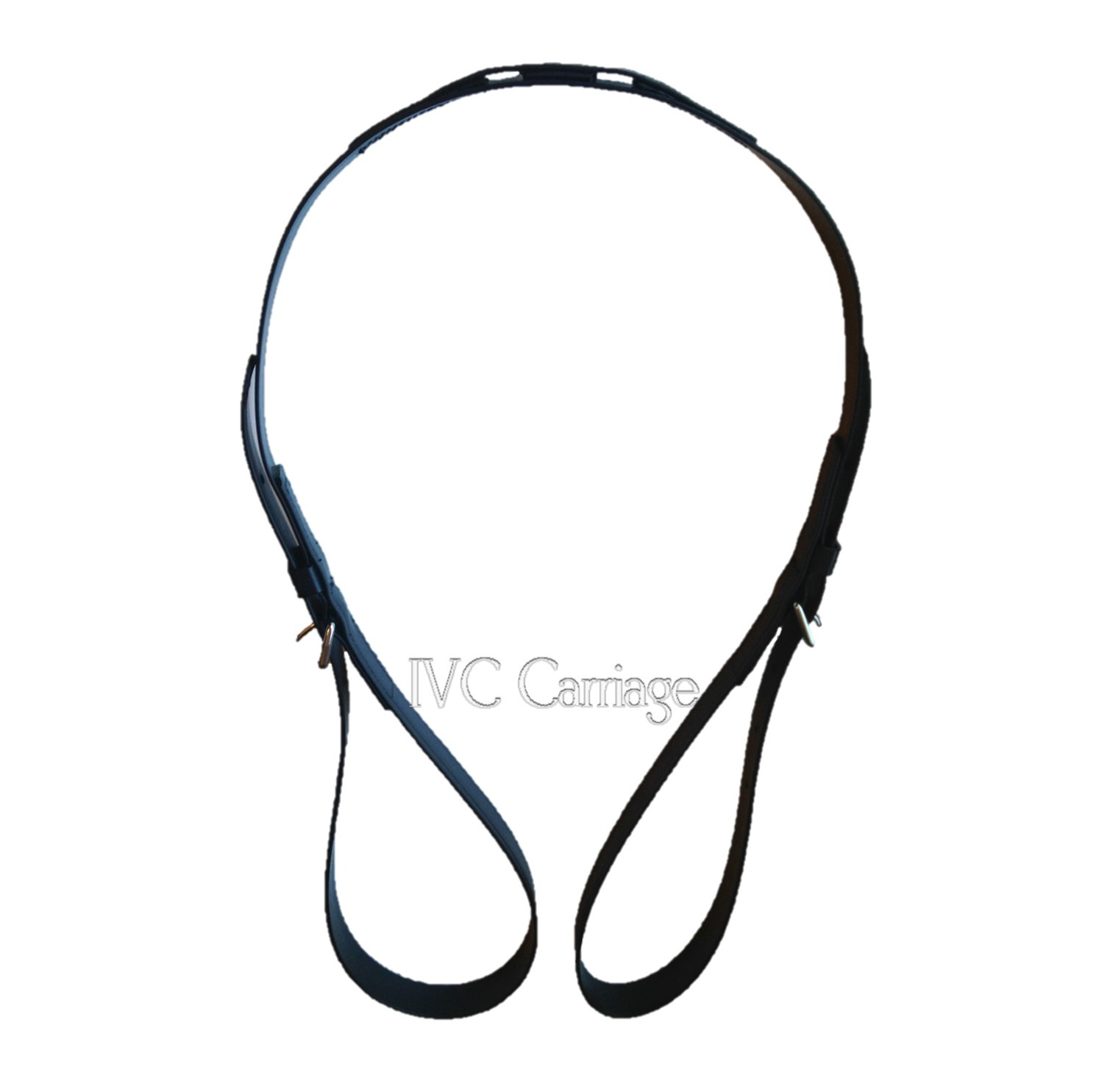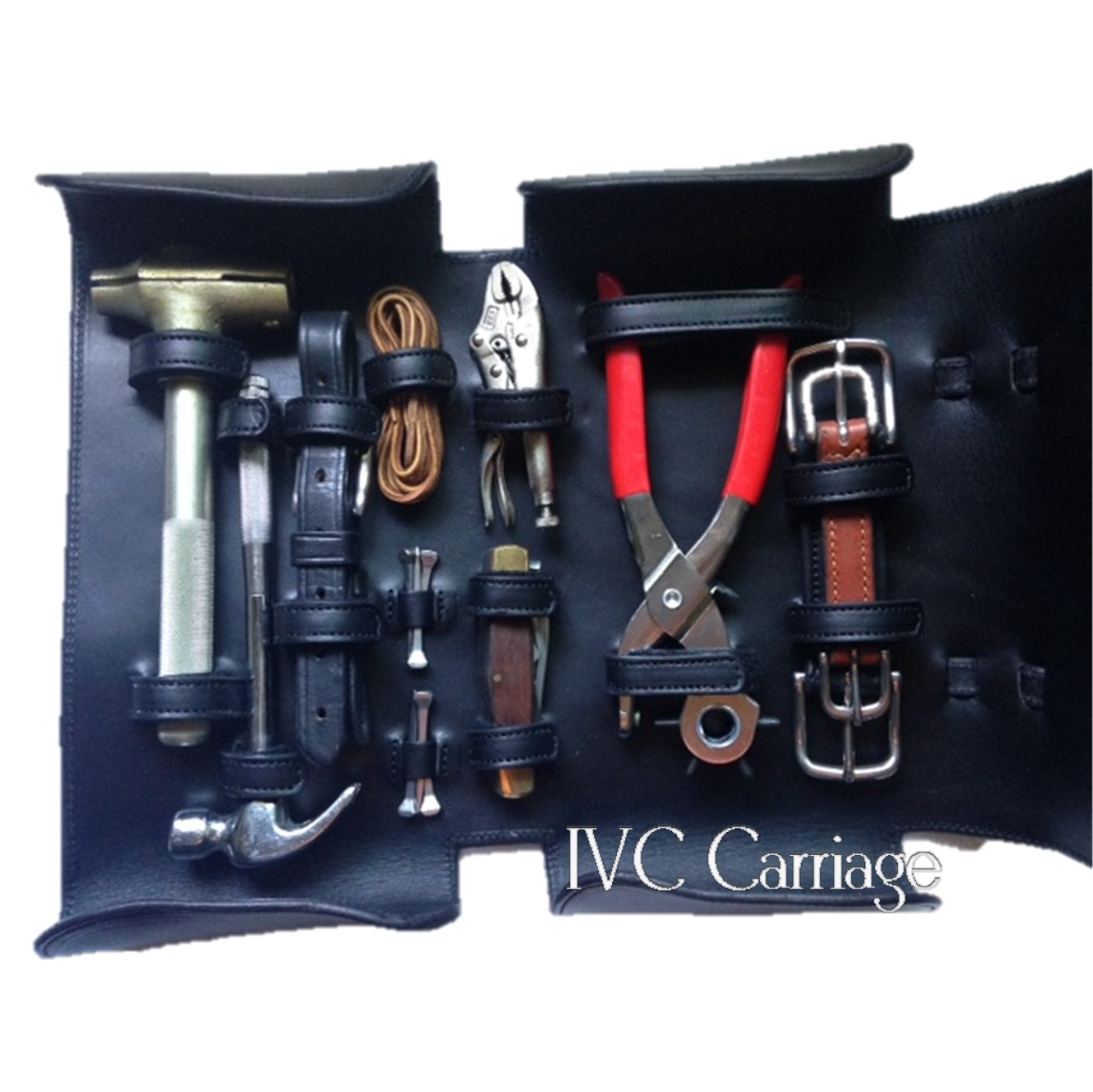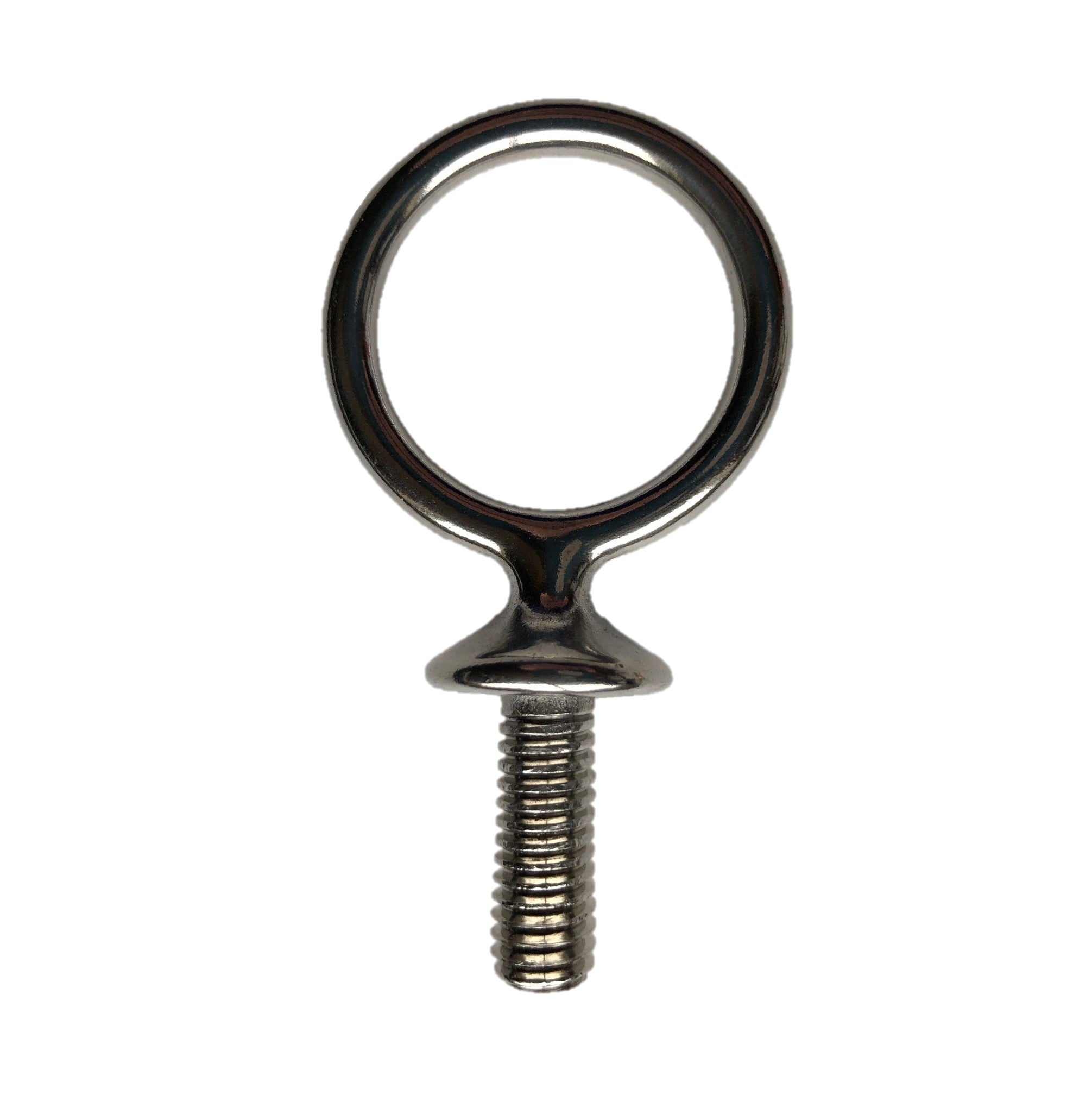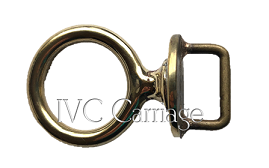Menu
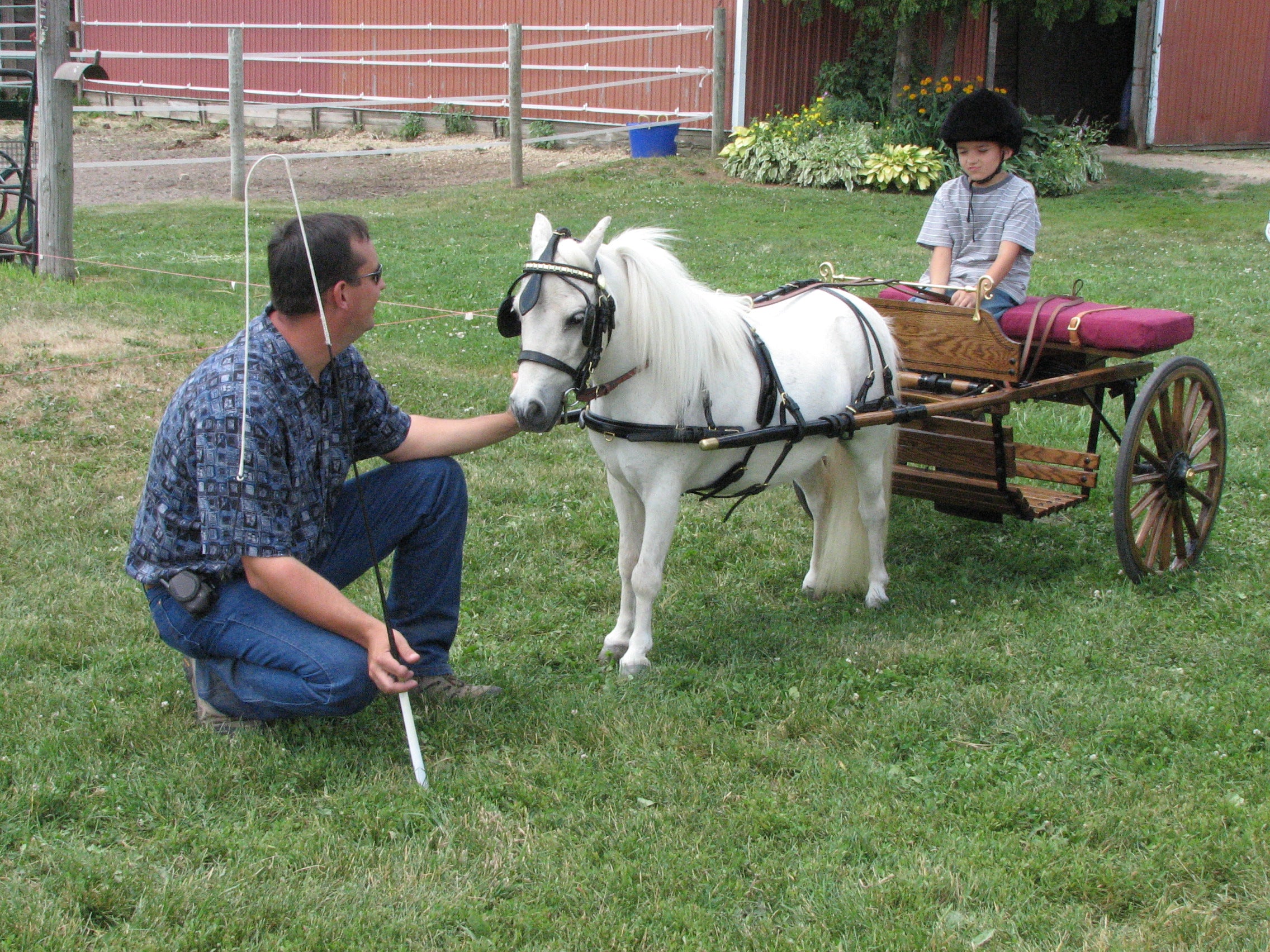
Dumb Stuff We Did #2
Did you really think that we only did enough dumb stuff for one blog post? Nope. We’ve done some more…and even fairly recently! However, I’ll start with one that we did way back in 2004.
We were at one of our first carriage shows, the Columbus Carriage Classic. I was showing our pinto Arabian in the Novice Whip division, and my sister was showing her mini in the Small Pony division. This was before the Very Small Equine division was even offered. I was waiting for my go in Cones, and my sister’s go was before mine. I wanted to watch her drive, so I got out of my Meadowbrook cart and left my horse with my husband holding him by the bridle/reins. I wasn’t terribly far away, but still definitely not in the cart. The Technical Delegate (“Rules Guru”) happened to notice my husband holding the horse and quietly sauntered up to him. He gently informed him that it was a bad idea to hold a hitched horse from the ground and that someone should be on the box seat with reins in hand. I think I heard the TD talking to Chad, and I came back up the hill to explain that I was just watching my sister’s go. He stated that he knew that’s what I was doing, but that someone should still be in the cart. We had no idea that was even a rule. The TD explained that it technically isn’t a rule, but the ADS strongly recommends that a turnout not rely solely on an attendant holding a horse (ADS Art. 5.7). Not wanting to look like any more of a schmuck, I stepped back into the cart. From then on, if one of us wanted to get out of the cart, the other sat in the cart with reins and whip in hand to hold the horse. Consequently, when we go to shows, both of us sign the ADS release just in case one needs to relieve the other even if only one of us is showing. The reason it isn’t a full ADS rule is because of the variables for why a driver may be out of the vehicle (like hitching and unhitching), and the parameters required for enforcing an actual rule. But the spirit of the recommendation is if your horse is put to a vehicle, you have a responsibility to be in that vehicle with reins and whip in hand.
I have an idea that the next question will be, “Am I supposed to unhitch every time I have to get out of the cart?” Well, yes…unless you can find a driver to sit in your vehicle with reins in hand or you are just making adjustments and getting back in the vehicle. This year at our state 4-H horse show, our junior driver was showing, and we had put the horse to the cart so she could drive in the arena during the warmup time. After the arena was cleared, they set up the cones for the first driving class. Our student and the rest of the competitors needed to walk their course on foot, and all the other drivers just had their parents or someone else hold their horse while it was put to. The 4-H rules state that the youth showing the horse is the only one allowed to work with the horse, so we couldn’t sit in the cart (Hmmm, I should look at getting that changed…). We took the gelding out of the cart and stood with him even though it was just a few minutes. We were not going to hold a hitched horse from the ground, as we now know how dangerous that can be, even though that gelding didn’t move a muscle while he stood there waiting.
So what can happen? If a hitched horse decides to “leave”, they know they can’t swing sideways like an unhitched horse. As a result, they will throw themselves forward (or backward) no matter who or what is in the way. The header will be jabbed in the ribs (if a standard-size horse) or the thigh/knee (if a mini/pony), break free from the header, and the horse will be loose with the vehicle (weapon) attached. If a driver is in the vehicle at all times when the horse is fully hitched, there is more likely an opportunity to stop the turnout before something really bad happens. I know of a lady who ended up with broken ribs as a result of trying to lead her hitched horse.
In May of 2016, we had a full-fledged accident with my multi-champion carriage driving mini horse. I was teaching a driving clinic at a 4-H event. I had brought our son, Kyle, and our mini along to demonstrate what was possible with a driving horse, and demonstrate we did! I had taught the clinic for a number of years and the kids were driving well, but just not really pushing their horses through the obstacles. They were driving cones like it was an elegant Reinsmanship test instead of a speed event. They were ready to move faster, but it just seemed like they couldn’t fathom what that meant. Kyle was also demonstrating how tight cones could be set at a carriage driving show as well, since most of the kids were actually driving with the cones set at about 8-10’ wide. There was really no challenge for them. Kyle and Alax (our mini) had gone through a particular set of cones a number of times when they put one wheel right up the side of a cone. The cone was tall and didn’t give, so the turnout went over center. From my vantage point behind them, I could see that they were going over. My son basically stepped out of the cart and my friend who was in front of the turnout got there ahead of me and put a knee into Alax’s neck to keep him down on his side until we could get him free of the cart. Alax started thrashing some, and when I got to his side, I calmly and “sternly” said something to the effect of, “Alax, you’re fine.” My friend said that she could see as soon as I said that, Alax just relaxed and laid there. Of course, everyone else heard it as well, because I was on a mic! I talked through the process of releasing the backstrap, neck strap, trace, and girth, and Alax stood up. He and Kyle were fine. My show cart had some scuffs, and one tug bearing strap on my good show harness was broke. I had another harness there and we reharnessed Alax and I drove him back through the cones with no issues. My pride was knocked down a little bit, and I apologized to the parents because we had an accident. They were actually quite impressed and said they learned a lot about what can happen and how to handle it especially with me talking through it on the mic, so they appreciated the opportunity to see it even though it was a bad situation. Alax went on that year to win Cones classes and two more divisions at ADS shows with two different junior drivers.
Later in October that year, one of our junior drivers was practicing at home and again hit a cone with Alax in the same way, only this time she was dumped out of the cart and Alax took off with it. Nothing was broke, but the wooden practice cart was tweaked from being dragged on one wheel, so we couldn’t put him back in the cart right away. The show cart was already put away for the season, and we didn’t get it out. Alax had a lot of time to think about what had happened and unfortunately blamed the cone for the disaster. I had to completely start him over with cones, first leading him up to it in a halter and a lead rope, kicking it to make the noise it makes when you hit it, etc. I knew that in order to get him over his fear of cones, I would have to drive and compete with him myself the next year. In the process of practicing with him, I figured out what the problem was. He was making decisions he shouldn’t be making. He was trying too hard to drive the cones himself and not waiting for the driver to guide him through. When I went back and fixed that decision-making process, his obstacle driving got better as well as his confidence. He has come back again to win cones classes and two more divisions with a junior driver in 2019.
The last dumb thing we did recently was put an ambitious horse pair to a 500# marathon vehicle that one of those horses could pull on its own. A lot of people are concerned about vehicles being too heavy, but not many people think about one that is too light. Putting that much horsepower in front of a 500# vehicle is like putting a V8 in a Volkswagen Bug! The vehicle felt “squirrelly” for lack of a better term. In order to make the vehicle feel remotely normal, we would put two people on the back and ride the brake to add some resistance. It’s not a good way to work a couple of horses. The same thing can happen with a single horse put to a very light cart unless the horse is super lazy or in a deep surface. There are many factors to consider when choosing a vehicle for your horse. Yes, too heavy is bad, but too light is as well.
Another takeaway from all of this is that if you drive for any length of time, its not a matter of IF you will have an accident, it’s a matter of WHEN. You need to be aware of what you are doing at all times and not become complacent in your driving because your horse is “dead broke”, you have been driving for years, or “so-and-so” does something that way. The best drivers I know don’t take chances and use the best practices/methods that are readily accepted in the carriage driving world. Every. Single. Time. If the best drivers in the world don’t [insert unacceptable practice here], then neither should you. Regardless, the whole point of these articles is to help people understand how to do better, because “When we know better, we do better.” When we started driving, other people helped us know better. Now it is our turn to pass along the information.
- Choosing a selection results in a full page refresh.

